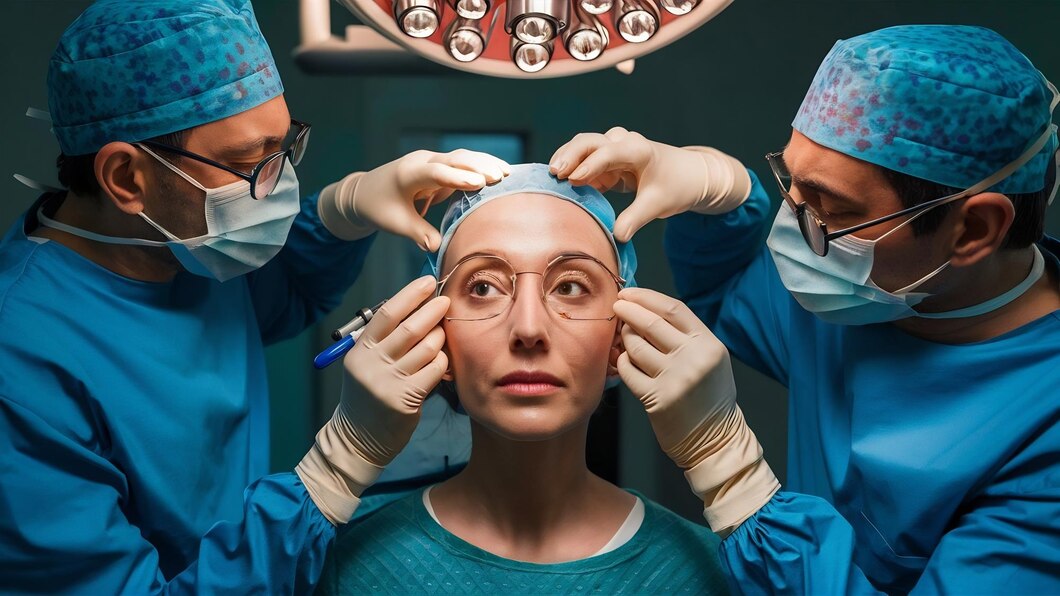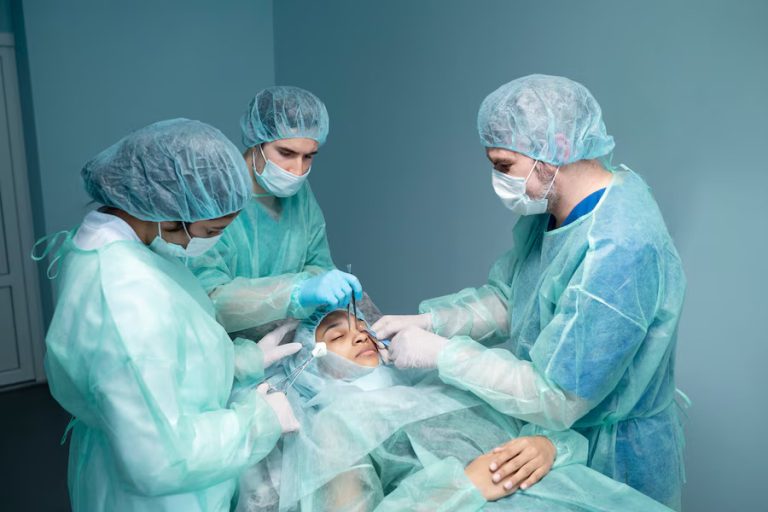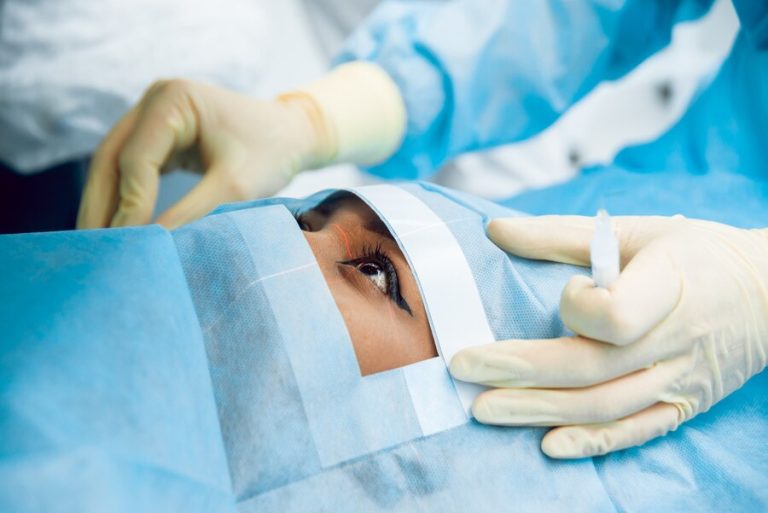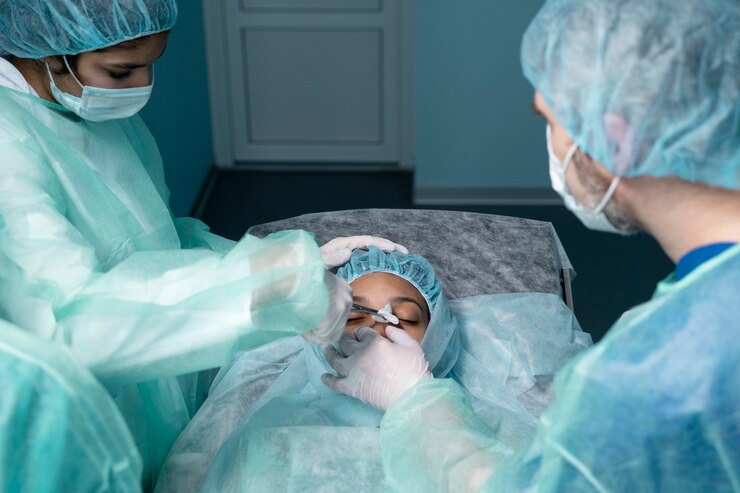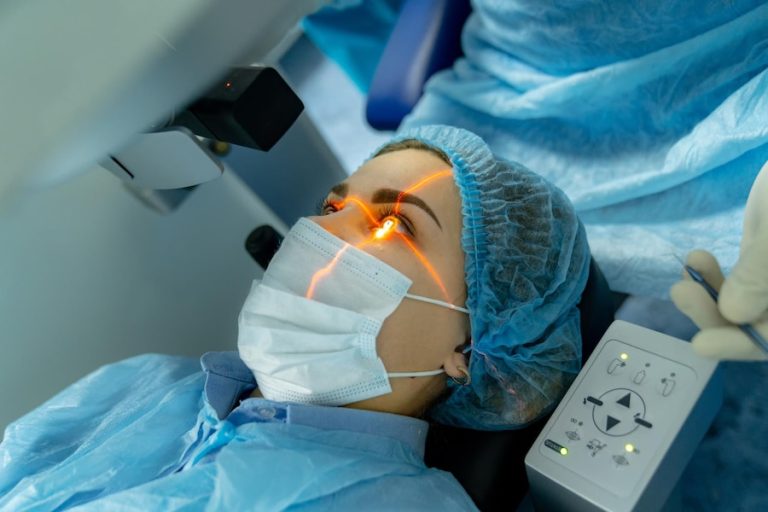Advances In Surgical Technology For Eye Surgery Repair
Eye surgery has evolved remarkably over the past few decades, with significant advances in surgical technology transforming the way ophthalmic procedures are performed. These innovations have improved precision, safety, and outcomes for patients requiring eye surgery repair, addressing complications and enhancing visual acuity. This article explores the key advancements in surgical technology that have revolutionized eye surgery repair.
Historical Context
Traditionally, eye surgery was fraught with challenges due to the delicate nature of ocular tissues and the intricate anatomy of the eye. Early techniques often resulted in significant trauma and lengthy recovery periods. The advent of microsurgery and the development of specialized instruments marked the beginning of modern ophthalmology, setting the stage for subsequent technological breakthroughs.
Precision in Diagnosis and Planning
Advanced Imaging Techniques
One of the most significant advancements in eye surgery repair is the development of high-resolution imaging technologies. Optical coherence tomography (OCT) and digital fundus photography provide detailed cross-sectional images of the retina and other ocular structures. These imaging techniques enable precise diagnosis of conditions like retinal detachment, macular holes, and diabetic retinopathy, facilitating targeted surgical interventions.
Corneal Topography
For corneal surgeries, corneal topography has become indispensable. This technology maps the surface curvature of the cornea, essential for planning surgeries such as LASIK (Laser-Assisted in Situ Keratomileusis) and corneal transplants. Enhanced mapping allows for personalized surgical approaches, improving outcomes and reducing complications.
Innovations in Surgical Instruments and Techniques
Femtosecond Laser Technology
Femtosecond laser technology represents a major leap forward in eye surgery repair. Unlike traditional mechanical tools, femtosecond lasers can make precise, bladeless incisions at a microscopic level. This technology is widely used in cataract surgery, where it allows for accurate capsulotomies and lens fragmentation, reducing the risk of complications and enhancing visual outcomes.
In corneal surgery, femtosecond lasers facilitate procedures like LASIK and corneal transplants by creating precise flaps and grafts. The precision of femtosecond lasers results in faster recovery times and improved visual acuity for patients.
Vitreoretinal Surgery Innovations
Advances in vitreoretinal surgery, which addresses conditions affecting the retina and vitreous, have also been transformative. Microincision vitrectomy surgery (MIVS) uses tiny incisions (23, 25, or 27 gauge) to remove the vitreous gel from the eye. Smaller incisions lead to less post-operative discomfort and quicker recovery times. High-speed vitrectomy cutters and better fluidics management systems have further enhanced the efficiency and safety of these procedures.
Robotic and Computer-Assisted Surgery
Robotic systems and computer-assisted surgical platforms have begun to make their mark in ophthalmology. These technologies provide surgeons with enhanced control and precision, reducing human error. Robotic systems like the PRECEYES Surgical System are being developed to assist in delicate procedures such as retinal vein cannulation and epiretinal membrane peeling. These systems offer stability and precision beyond human capabilities, potentially transforming the landscape of retinal surgery.
Advanced Techniques in Specific Eye Surgeries
Cataract Surgery
Cataract surgery has seen remarkable advancements with the introduction of phacoemulsification and laser-assisted cataract surgery. Phacoemulsification uses ultrasonic vibrations to emulsify the cloudy lens, which is then aspirated out of the eye. The procedure is minimally invasive, with small incisions leading to faster recovery.
Laser-assisted cataract surgery, using femtosecond lasers, enhances precision in corneal incisions, capsulotomy, and lens fragmentation. The use of premium intraocular lenses (IOLs), such as multifocal and toric lenses, has improved visual outcomes, reducing the dependence on glasses post-surgery.
Corneal Transplantation
Advancements in corneal transplantation techniques, such as Descemet’s Membrane Endothelial Keratoplasty (DMEK) and Descemet’s Stripping Endothelial Keratoplasty (DSEK), have significantly improved outcomes. These procedures involve transplanting only the innermost layers of the cornea, reducing the risk of rejection and speeding up recovery.
Additionally, the use of femtosecond lasers in corneal transplants has enhanced the precision of donor tissue preparation and recipient corneal bed creation, leading to better graft adherence and visual outcomes.
Glaucoma Surgery
Glaucoma surgery has benefited from the development of minimally invasive glaucoma surgery (MIGS) techniques. Devices like the iStent, Hydrus Microstent, and Xen Gel Stent allow for less invasive procedures that lower intraocular pressure with fewer complications compared to traditional glaucoma surgeries. MIGS procedures are typically performed through small incisions, resulting in quicker recovery and fewer post-operative issues.
Post-Surgical Care and Monitoring
Teleophthalmology
Teleophthalmology has emerged as a valuable tool for post-surgical care and monitoring. Remote consultation and monitoring allow for the timely identification of complications and ensure adherence to post-operative care protocols. High-resolution imaging and digital health records enable seamless communication between patients and ophthalmologists, enhancing the overall quality of care.
Smart Implants and Devices
Innovative smart implants and devices are being developed to monitor intraocular pressure and other vital parameters post-surgery. For instance, smart contact lenses equipped with sensors can measure intraocular pressure in real time, providing valuable data for managing glaucoma patients post-operatively.
Future Directions
The future of eye surgery repair lies in the continued integration of advanced technologies and the development of new surgical techniques. Areas of ongoing research and development include:
- Gene Therapy: Targeting genetic causes of ocular diseases to provide long-term solutions.
- Regenerative Medicine: Using stem cells to repair or replace damaged ocular tissues.
- Artificial Intelligence: Enhancing diagnostic accuracy and surgical planning through machine learning algorithms.
- Nanotechnology: Developing nano-scale surgical tools and drug delivery systems for precise interventions.
Conclusion
Advances in surgical technology have revolutionized the field of eye surgery repair, enhancing precision, safety, and patient outcomes. From sophisticated imaging techniques and femtosecond lasers to robotic systems and minimally invasive procedures, these innovations have transformed how eye surgeries are performed and managed. As technology continues to evolve, the future holds even greater promise for improving the quality of life for patients with ocular conditions, ensuring that eye surgery repair is safer, more effective, and more accessible than ever before.
For any further queries, Plz visit drvivekgarg.in

